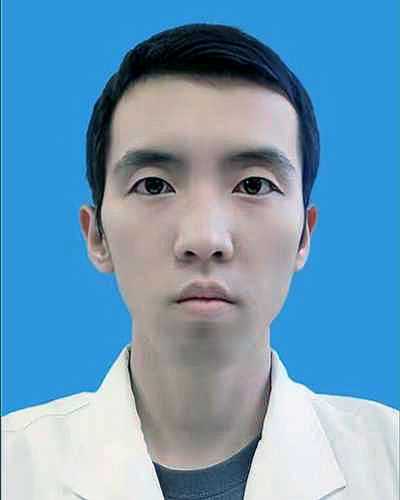Now published, see the full article 
Early Abstract:
Background: Acute appendicitis is the most common general surgical emergency worldwide; however, its diagnosis remains challenging, particularly in rural or remote areas such as Tibet. This study aimed to investigate the clinical characteristics and applicability of the routine risk prediction models of acute appendicitis for rural Tibetan populations.
Methods: Data of patients who underwent appendectomy between April 1, 2018, and September 30, 2021, were retrospectively collected. Multivariate logistic regression analysis was performed to identify risk factors associated with complicated appendicitis. The appendicitis risk prediction model scores for each patient were calculated via binary logistic regression model based on the data. The index of union method was applied to identify the optimal cut-point for risk prediction models’ critical values.
Results: We included 127 patients with suspected acute appendicitis in the study, including 96 surgically and 31 non-surgically treated. The diagnoses of 93 patients who underwent appendectomy included 55 (59.1%) cases of uncomplicated appendicitis. Patients with complicated appendicitis had significantly longer postoperative hospital stay (11.0 [interquartile range, 8.8, 13.3] days vs. 8.0 [interquartile range, 6.0, 11.0] days; p<0.001) and higher hospital costs (2147.2 [interquartile range, 1625.1, 2516.6] vs. 1487.9 [interquartile range, 1202.6, 1809.2] dollars; p<0.001) than those with uncomplicated appendicitis. Duration of illness onset >24 hours, age >30 years, and male sex were independent risk factors associated with complicated appendicitis. The appendicitis inflammatory response score showed the best performance among the prediction models. Incorporating imaging features in the prediction models may provide better diagnostic value for appendicitis.
Conclusions: Acute appendicitis in the rural Tibetan population has unique clinical features. To reduce the incidence of complicated appendicitis, local health workers must balance religious beliefs and professional services for residents.
Keywords: Appendicitis; Risk prediction model; Alvarado score; Appendicitis inflammatory response score; Tibet



